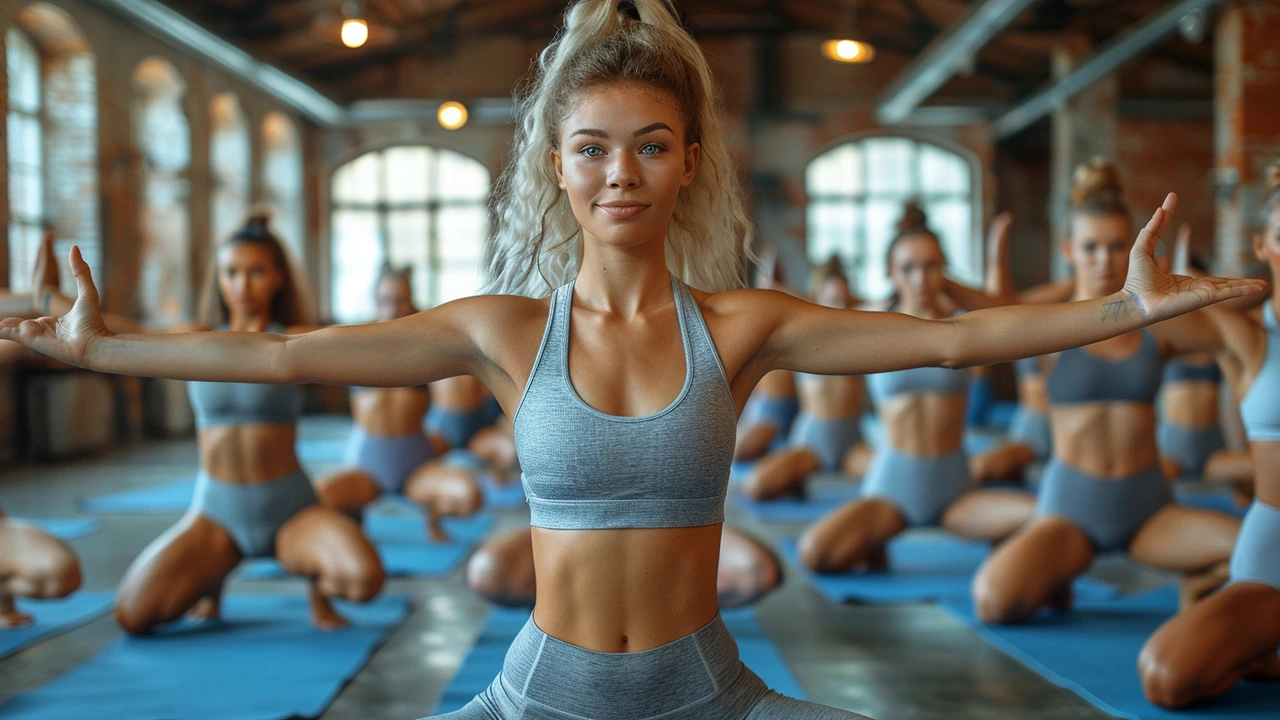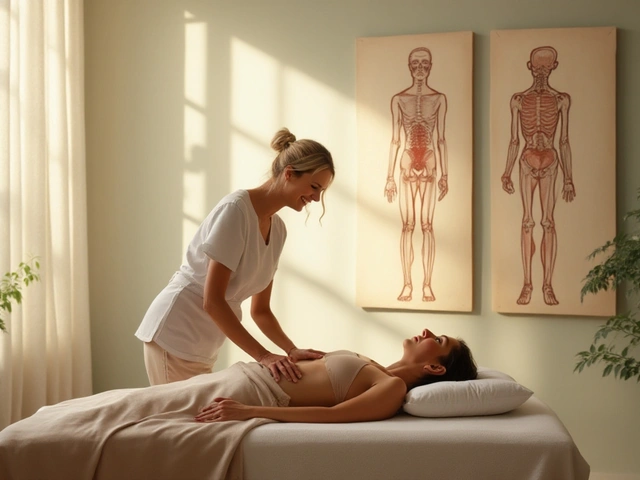Yoga Benefits: What You Actually Gain from a Few Sessions a Week
Quick fact: practicing yoga three times a week for 20–30 minutes improves flexibility and sleep, and most people notice less tension in two to four weeks. That’s not fluff—regular stretching combined with breath work changes how your body holds stress. If you want concrete gains, here's what to expect and how to get them without turning your life upside down.
Real Benefits You Can Feel
Flexibility: Yoga stretches muscles and lengthens tight fascia. Start with hamstring and hip-openers to loosen lower back tension. Do a gentle forward fold and pigeon pose for 30–60 seconds each; you’ll feel the difference within a few sessions.
Mobility and posture: Moves like cat-cow and lunges improve joint range and balance. Better mobility means easier daily movement and less strain when you lift, carry, or sit for long periods.
Stress and sleep: Slow breathing in poses like legs-up-the-wall lowers the nervous system’s stress response. Clinical trials show regular yoga reduces perceived stress and improves sleep quality—so fewer sleepless nights and less daytime fog.
Pain relief and recovery: Yoga eases chronic neck, shoulder, and low-back pain by blending mobility with gentle strength. Use it as a recovery tool after hard workouts or sessions like massage, Feldenkrais, or Hellerwork to keep gains longer and cut downtime.
Mind-body awareness: Yoga sharpens body awareness. That helps you spot early tension patterns, fix posture before pain sets in, and move with less effort. If you practice Feldenkrais or somatic work, yoga amplifies that learning.
Simple Routine & Practical Tips
Try this short sequence 3 times a week: 5 minutes of breath work (box breathing: 4-4-4-4), 10 minutes of dynamic movements (cat-cow, downward dog to plank flow), 10 minutes of targeted holds (lunge, pigeon, forward fold), finish with 5 minutes of relaxation (legs-up-the-wall or savasana). Total: 30 minutes.
Keep these rules in mind: move slowly, focus on the breath, and never push into sharp pain. Instead of forcing a deeper stretch, breathe into the edge of discomfort and repeat over days. Progress is steady when you add small, consistent steps.
If you want faster recovery, combine yoga with hands-on therapies. After a massage or trigger-point session, do light yoga to maintain muscle length. For postural work like Rolfing or Hellerwork, use yoga to reinforce new alignment—short daily sessions beat one long practice once a month.
No need for special gear. A mat, comfy clothes, and consistent time in your calendar are all you need. Start small and build up. Keep it practical: fewer rules, daily habits, real results.
Want curated guides or quick how-to videos to match your goals—flexibility, stress relief, or rehab? Explore related posts on this site to find routines and therapies that pair well with yoga.

Acu-Yoga for Beginners: Integrating Acupuncture with Yoga Practices
Acu-Yoga blends the principles of acupuncture and yoga, offering a unique approach to holistic healing. Ideal for beginners, this guide explores the basics of Acu-Yoga, its health benefits, and essential practices. Through simple, step-by-step instructions, learn how this fusion can alleviate stress, enhance energy flow, and improve overall wellbeing. Discover practical tips for integrating Acu-Yoga into your daily routine, ensuring a balanced and healthier lifestyle.
Categories
- Health and Wellness (148)
- Alternative Therapies (86)
- Massage Therapy (40)
- Travel and Culture (15)
- Beauty and Skincare (9)
- Holistic Health (8)
- Health and Fitness (5)
- Spirituality (5)
- Other (2)
- Personal Development (2)
Popular Articles



